The gout diet is based on minimizing the amount of purines in the diet, which helps reduce uric acid levels in the body and normalize metabolism. The diet is based on vegetables, fruits, berries, cereals and dairy products. The amount of meat and other protein foods should be limited. Diet is considered a mandatory part of treatment because without it, medications are ineffective.
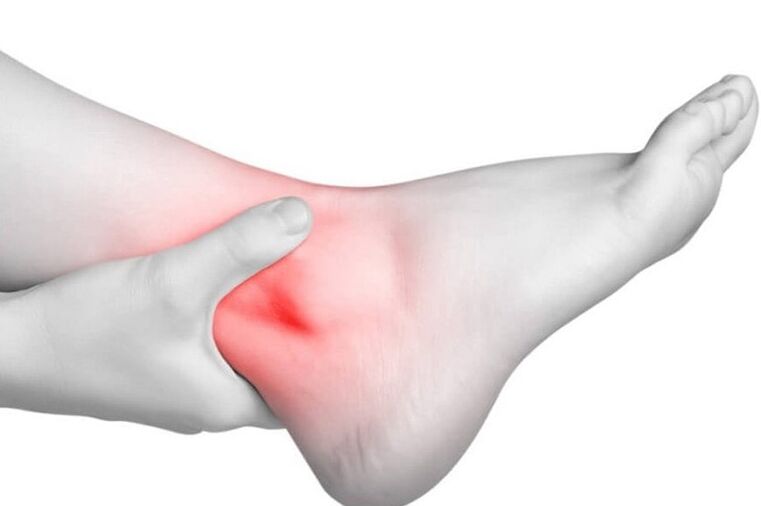
The benefits of a gout diet
Benefits of nutritional therapy:
- a wholesome diet high enough in calories will prevent you from feeling hungry;
- get rid of harmful foods containing oxalic acid and purines, reduce the severity of gout symptoms, relieve pain and swelling;
- adherence to a diet reduces the risk of relapses and exacerbations;
- a healthy diet improves general well-being and body condition by restricting spicy, fatty, fried foods;
- proper food selection reduces the risk of complications, including kidney failure, atherosclerosis, gout lumps in the internal organs;
- diet meals are easy to prepare and do not require expensive ingredients.
Diet can lower uric acid levels and slow or stop the development of gout.
Proper nutrition without concomitant therapy cannot completely cure a person, but help is needed in the fight against pathology and relieves the patient from painful symptoms.
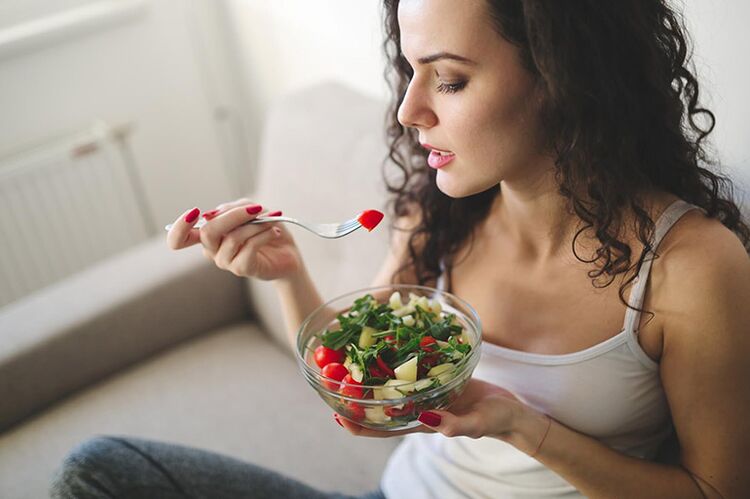
Nutritional principles for gout and high uric acid
The purpose of the diet is to limit the intake of purines and intermediates that increase their concentration. Follow these rules when preparing your diet:
- The food consumed daily is divided into 5 meals at regular intervals. This reduces the strain on the digestive system and kidneys while keeping your metabolism in good shape.
- The chemical content of foods is carefully controlled. This helps stop the build-up of salts in the tissues, helps get rid of stones and gouty tophia.
- The total caloric content of the diet is reduced to 2, 700 kcal per day, while the total weight of the food should not exceed 3 kg. This allows you to maintain a normal body weight, as obesity contributes to the worsening of gout.
- The amount of protein is limited to 80 g per day. Attempts are being made to replace animal proteins with plant proteins, but these cannot be completely ruled out.
- The daily fat content is 80-90 g. About 25% of it enters the body with vegetable oils, the rest - in the composition of food.
- The patient consumes a normal amount of carbohydrates - 400-450 g per day. They get into the body with cereals, dried fruits and nuts.
- To neutralize excess acid, the menu includes many alkaline products: vegetables, milk and fermented dairy products, fresh fruits and berries. They help the body maintain a balance of substances.
- All the meat in the diet is boiled for 15 minutes and then the first broth is drained. It helps get rid of excess purines in muscle tissue.
- Fluid intake rises to 2-2. 5 liters per day. The diet includes healthy, diuretic drinks, as well as alkalizing drinks: fruit and berry juices, herbal teas and decoctions, milk, mineral water.
- The amount of salt is limited to 8-10 g per day. Excess of this promotes the formation of deposits and reduces the rate of urinary excretion, which exacerbates the symptoms of gout.
- Alcoholic beverages are excluded from the diet. Even their infrequent use disrupts kidney function, which increases the risk of exacerbations.
- If necessary, vitamin and mineral complexes are added to the diet. It is essential to maintain adequate levels of vitamin B2, C, PP and diuretic potassium.
- Fasting days are held once a week, during which the patient eats only purine-poor fruits, vegetables and cereals.
The diet should be combined with a dose of supportive medication if prescribed by your doctor. Because gout is incurable, one must follow the rules of nutrition throughout one’s life.
What to eat
The following foods are allowed in the diet:
- Uncomfortable baked goods, including black and white bread.
- Vegetables: dill, corn, beets, onions, garlic, potatoes, carrots, cabbage, broccoli, cucumbers, zucchini, eggplant, pumpkin. Limited quantities: tomatoes, turnips, cauliflower, radishes, asparagus, rhubarb, celery, peppers, onion feathers, parsley.
- All fruits and berries except grapes, blueberries, figs and raspberries. Plums are consumed in limited quantities.
- Lean meat: rabbit, chicken, turkey. It can be consumed up to 3-5 times a week, up to a dose of 170 g.
- Low-fat fish (salmon, salmon, trout), seafood: mussels, shrimp, crustaceans, squid, octopus.
- Eggs - up to 1 piece. daily.
- Dairy products: kefir, cottage cheese, sour cream, yoghurts, cream, unsalted cheese, low-fat whole milk (best diluted). Butter can be added to cereals and stews, but it cannot be used for baking or consumed in its pure form.
- All cereals and cereals except legumes: rice, buckwheat, millet, oatmeal, etc. It is best cooked in water or diluted milk.
- Weak vegetable soup based soups, potatoes.
- Pumpkins, sunflowers, flax, sesame seeds.
- Walnuts, pine nuts and hazelnuts, almonds, cashews, hazelnuts, pistachios.
- Dried fruits, excluding raisins.
- Vegetable oils: sunflower, olive, corn, flaxseed. It is used not only for baking but also for dressing salads, stews and other things.
- Desserts: marshmallows, marmalade, marmalade, marshmallows, ice cream. Chocolate-free candies are allowed.
- Drinks: fruit and vegetable juices (tomatoes are used with caution), herbal teas with lemon and honey, decoctions, fruit drinks, compotes, chicory, kvass. Alkaline mineral water is useful.
- Mild spices and herbs: cinnamon, vanillin, bay leaf, citric acid. Sour cream, vegetable broth, vegetable oil based light sauces.
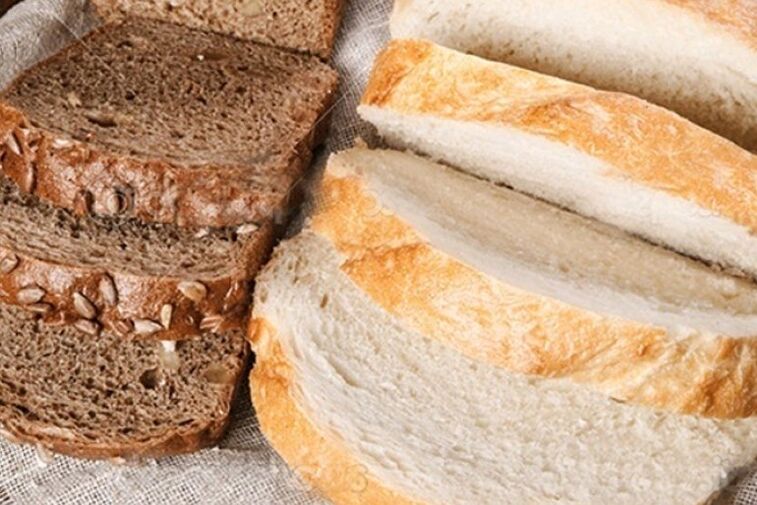
The diet includes large amounts of liquid and semi-liquid food, light salads, vegetarian products. Not only do they help reduce the concentration of purine substances, but they also reduce the load on the gastrointestinal tract and kidneys.
What you can't eat
The following foods are unacceptable in the diet:
- Sweet pastries.
- Fatty meats, dishes made from young animals (veal, chicken), canned meat and smoked meats, sausages, sausages, small sausages and other semi - finished products.
- By - products.
- Salted, canned, smoked or fried fatty fish, caviar.
- Peas, beans, lentils, soybeans and other legumes.
- Mushroom.
- Sorrel, spinach, olives.
- Spicy and salty cheeses.
- Meat and offal, fish, mushroom-based decoctions and broths.
- Cakes, pastries, creamy buns.
- Peanuts.
- Animal fats: lard, lard. Margarine.
- Alcoholic beverages, strong tea, coffee, cocoa.
- Spicy spices and sauces, including mustard, horseradish, mayonnaise, ketchup.
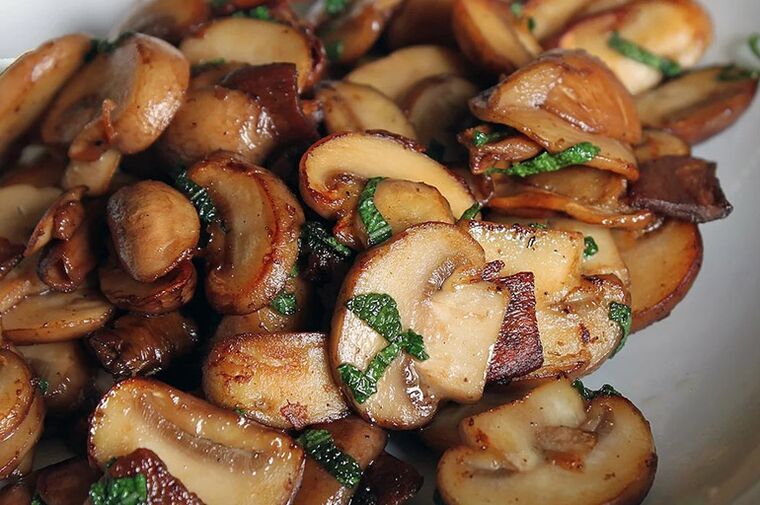
Eating spicy, fatty and fried foods can worsen the symptoms of gout.
Table 6 for gout
In health care facilities, diet 6 is used to treat the disease. The medical menu takes into account factors such as the chemical composition of foods, their caloric content, and the ratio of proteins, fats and carbohydrates. This allows the patient to choose the optimal diet without having to make unnecessary calculations every time. For this reason, Table 6 is often used to treat gout at home: it is universal and has no contraindications.
Diet during exacerbation
If the symptoms of gout intensify, it is recommended to change the menu. Rules for compiling a diet at the time of exacerbation:
- complete removal of meat and fish from the diet;
- frequent days of fasting - up to 4 per week;
- the diet is based on fresh fruits and vegetables;
- be sure to drink plenty of alkaline mineral water and other alkaline drinks;
- all foods are served in liquid or semi-liquid form;
- meals are common (7-8 times a day), with equal breaks between meals.
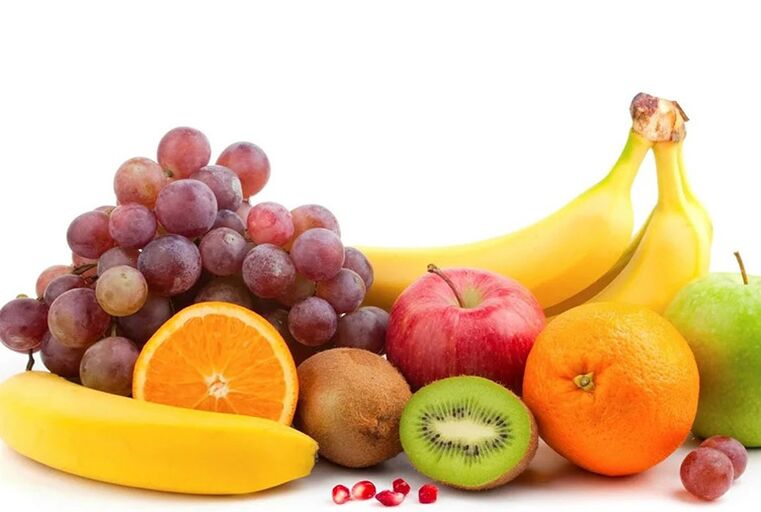
The diet stops after the pain and swelling in the legs disappear. It is not recommended to maintain it for a long time as the body will quickly be deprived of vitamins and nutrients.
7 day menu
Approximate weekly diet to treat gout:
| To eat | Monday | Tuesday | Wednesday | Thursday | Friday | Saturday | Sunday |
|---|---|---|---|---|---|---|---|
| Breakfast | Bran bread sandwich with jam, vegetable salad with sour cream sauce, rosehip decoction | Milk porridge with pumpkin, fresh orange | Oatmeal with butter and jam, homemade fruit jelly with pulp, herbal tea | Buckwheat porridge with milk, grated apples and carrot salad | Oatmeal with grated apples, berry jam and tea | Millet porridge with milk, baked apples stuffed with soft eggs and walnuts | Vegetable salad with cheese and sesame seeds, potato pancakes with sour cream |
| Lunch | Greek yogurt, 2 biscuits | Fresh strawberries with cream | Cornflakes with skim milk and assorted nuts | Cottage cheese with dried fruit | Cornflakes with yogurt and banana pieces | Ice cream with fruit and berry mousse | Pancakes with jam and pieces of fruit |
| Dinner | Vegetable soup with eggs and croutons, grated beets, carrots and apple salad, banana juice | Vegetables with casserole cheese, steamed chicken slices and berry jelly | Salmon vegetable soup, corn porridge, yogurt | Fresh pasta with milk soup, vegetable stew, carrots and apples | Broccoli puree soup with potatoes zrazy sour cream and fresh oranges | Cabbage soup, rice with seafood, milk jelly | Potato soup with roasted turkey meatballs and banana smoothie |
| Dinner | Potato croquette, slicing fresh vegetables, herbal tea with lemon | Dolma with sour cream, cottage cheese with fresh pieces of fruit, compote | Casserole potatoes with vegetables and eggs, vegetable salad with linseed oil, cranberry juice | Grated beets with garlic, oatmeal jelly, fruit salad | Boiled young potatoes with herbs and oil, vegetable salad, dried fruit compote | Zucchini cheese stuffed with vegetables, slices of vegetables in corn oil, fresh bananas | Cucumber-tomato salad, broccoli slices with sour cream sauce, cheesecake, bran broth |
| Before sleep | Yogurt with fresh berries | Biscuits with berry jam and kefir | Rosehip broth with apples | Cottage cheese paste, pear | Milk with souffle fruit | Kefir, mandarin | Cottage cheese with sour cream and compote |
The items on the menu can be swapped, modified and supplemented to taste. The point is not to violate the principles of the diet.
Characteristics of the fasting days
The gout diet precludes total starvation as it causes the disease to worsen. On fasting days it is recommended to follow the monodiet (watermelon, potatoes, cucumbers, carrots) or to make salads, slices, stews from various vegetables and fruits.
The use of dairy products and cereals in small quantities is permitted. The rice days of fasting are popular: cooked in milk, consumed in small portions with the addition of a small amount of grated apples.
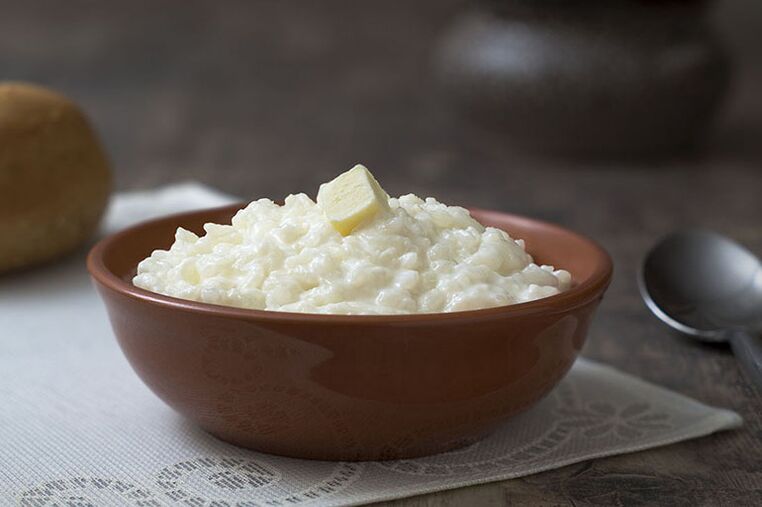
The fermented milk diet helps to get rid of excess uric acid quickly: it means consuming only cottage cheese (400 g) and kefir (0, 5 l) during the day.
Recipes for gout
The therapeutic diet allows you to consume many familiar foods: cereals, vegetable soups, stews, salads. They do not require expensive products or special cooking skills. To ensure that the patient does not feel uncomfortable with boring, monotonous foods, you can diversify the menu using original recipes from authorized ingredients.
Light cream soup
Low calorie but delicious and satisfying food for lunch. You will need the following products to make it:
- 1 onion;
- 1 carrot;
- 1 bunch of spinach leaves
- 1 slice of white bread
- 2 tk lemon juice;
- 2 vegetable oils;
- 1 tsp cream;
- 0, 5 tk in the Sahara.
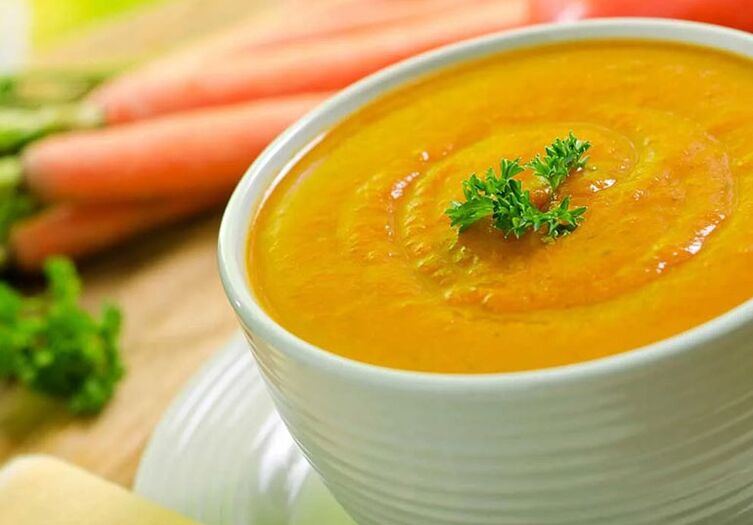
Cut the bread into small cubes and dry in a dry pan. Peel the onion and carrot and chop finely. Pour oil into a deep pan, heat, add vegetables and simmer for 6-7 minutes. Add the spinach leaves and puree in a blender. Bring the mixture to a boil, add the lemon juice and sugar. Remove from heat and arrange on plates. Add a little cream and white toaster to each serving.
Curd curd
The food is used as a dessert or snack. To prepare it you will need:
- 140 g of cottage cheese;
- 70 g sour cream;
- 1 egg;
- 3 tablespoons. l. semolina;
- 1 tablespoon. l. Sahara;
- Soda inoculated with 0. 5 t lemon juice;
- dried fruits, nuts to taste;
- salt.
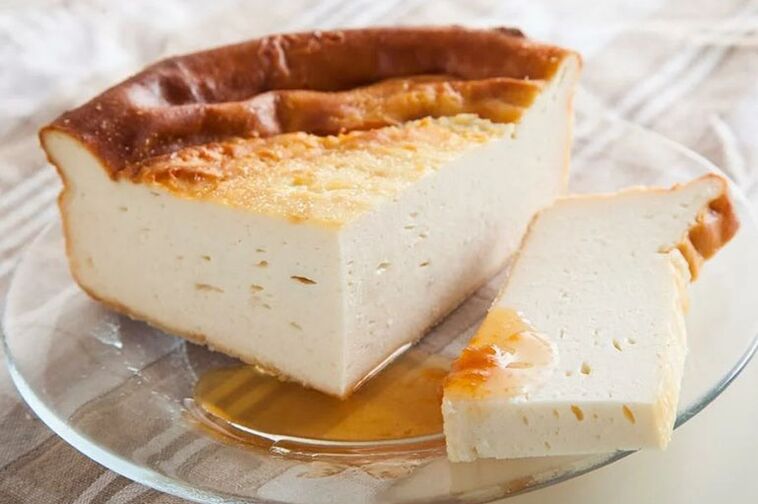
The cottage cheese is mixed with the sour cream. Pour salt, sugar and semolina into the resulting mass. Add chopped dried fruit and nuts. Homogenize and mix with baking soda. The mass placed in the baking tray should be placed in an oven preheated to 180 ° C and baked until golden brown.
Stewed chicken meatballs with sauce
It is a low-calorie main course that can be eaten alone or as a side dish. For cooking you will need:
- 350 g chicken fillet;
- 2 onions;
- 1 carrot;
- 1 clove garlic;
- 1 egg;
- 1 tablespoon. rice;
- 70 g white bread;
- 200 ml vegetable soup;
- 50 g sour cream;
- 2 tablespoons. l. milk;
- 0, 5 tbsp. l. Flour;
- green onions, parsley, dill to taste;
- vegetable oil for frying;
- salt.

The bread is soaked in milk. The rice is cooked without salt and cooled. The chicken fillet is cut into medium-sized pieces and placed in a blender. Add 1 chopped onion, garlic, bread and herbs, beat in a raw egg and chop until smooth. After mixing with the rice, salt and leave in the refrigerator for 20 minutes. The meatballs are then shaped and simmered for 6-8 minutes.
Chop the remaining onions and carrots. Fry the vegetables in oil for 2-3 minutes, pour in the broth, add the flour and sour cream. Heat the sauce over a low heat until thickened, add the meatballs and cook for 5-6 minutes. Sprinkle with herbs before serving.
Eggplant and minced meat casserole
A hearty second course, perfect for lunch or dinner. To make it, you need to take the following ingredients:
- 300 g minced meat;
- 2 large eggplants;
- 1 onion;
- 1 clove garlic;
- 3 tablespoons. l. tomato sauce;
- 2 tablespoons. l. Flour;
- 120 g hard cheese;
- 50 ml of cream;
- vegetable oil;
- salt.
Cut the eggplant into long slices, salting to release juice. Dip in flour and fry both sides in oil. Chop the garlic and onion and simmer until golden brown. Add the minced meat, simmer over medium heat for 3 minutes, then the tomato puree. Pour in 0, 5 tbsp. water, salt to taste. Cover and cook for another 5 minutes.
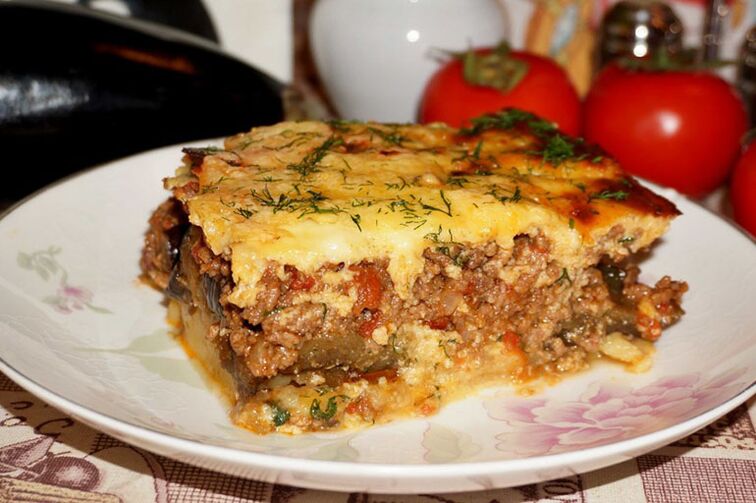
The eggplant slices are placed in a greased baking sheet in a thick layer, minced meat and then grated or sliced cheese. Pour over the cream and bake in a preheated oven at 180 ° C for half an hour.
Pumpkin soup puree
The traditional first meal of the day. You must use the following products for cooking:
- 0, 5 kg of pumpkin, peeled, films and seeds;
- 2 tablespoons. l. butter;
- 2 tablespoons. l. rice;
- 1 tablespoon. l sugar;
- 250 ml of milk;
- cream to taste;
- salt.
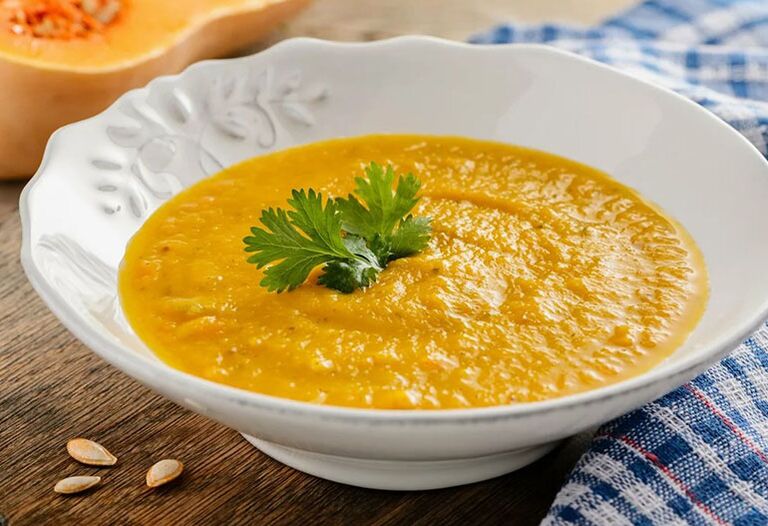
Cut the pumpkin into cubes, place in a pan, add rice, salt and sugar. Pour in 1 liter of water and cook until soft. Pour in the melted butter and rub through a sieve. Put it back on the stove, add the milk and bring to a boil, then remove from the heat. The prepared pumpkin soup is placed on plates and seasoned with cream.
Nutrition expert opinions
- "Adhering to a gouty diet is essential for patients to live a full life. A proper diet will help relieve pain and swelling and reduce the risk of complications. When compiling a menu, it is worth paying attention to proteins, as their patients are often missing from the usual products. "
- "Gout diet is effective in lowering uric acid levels in the body. It is recommended that patients adhere throughout their lives to prevent exacerbations and to continue the asymptomatic course of the disease. "
- "Diet reduces uric acid levels in the body by about 15%. It is effective in treating gout when combined with supportive medications.
Disadvantages of the gout diet
The main disadvantage of the diet is that dietary restrictions are quite strict. Even minor violations can provoke aggravation of the disease. The diet is especially unpleasant for lovers of meat and alcoholic beverages.
Another disadvantage of the diet is the lack of animal protein, which must be replaced with expensive and unusual dairy and plant products. In addition, the diet is not suitable for weight loss and is for treatment only.




















